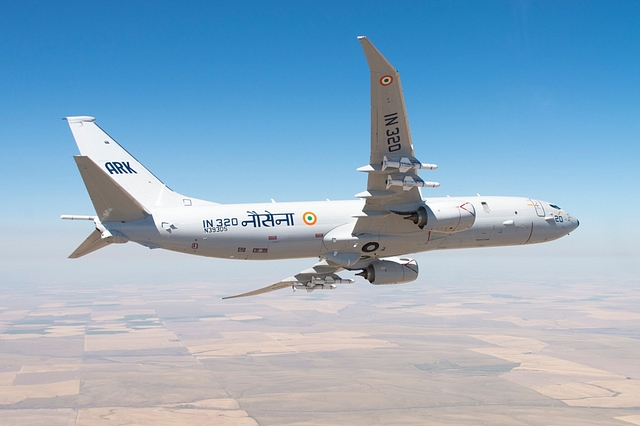
Trouble For Chinese Navy In Indian Ocean: India To Get Six More P-8I Submarine Hunting Aircraft; US Approves Proposed Sale
P-8Is have expanded the Indian Navy’s maritime surveillance capabilities.
The US has kick-started the process to sell six more P8 maritime surveillance aircraft to India with the Pentagon's Defense Security Cooperation Agency notifying Congress of the possible sale on Friday (30 April).
The Indian Navy, which already operates a large fleet of P-8Is, will get these submarine-hunting aircraft at an estimated cost of $2.42 billion.
India had purchased eight P-8Is in a $2.2-billion deal in 2009. In 2016, India exercised its option to buy four more P-8Is under the optional clause part of the 2009 deal. In 2019, the government approved the purchase of ten additional P-8Is for the Navy, but the number was later cut down to six, reports say.
The sale of the six new P8s will take place through the Foreign Military Sale route.
The Navy is currently inducting the four P-8Is it contracted for in 2016.
India was the first international customer of Boeing’s P8 aircraft. When all the P8s contracted for have been delivered to the Navy, India will 18 of these aircraft in its fleet and become the second-largest operator of the platform in the world.
The aircraft is designed for long-range anti-submarine warfare and intelligence, surveillance and reconnaissance missions. The aircraft has expanded the Indian Navy’s maritime surveillance capabilities in the Indian Ocean, giving it the ability to keep an eye on China’s growing presence in the region.
This video by Boeing explains how the Indian Navy P8s track submarines.
India has also used P-8I aircraft to monitor Chinese deployments along the Line of Actual Control during standoffs in Ladakh and Doklam.
The P-8I aircraft of the Indian Navy were also put to use “to keep an eye on the movement of Pakistani troops after the Pulwama terror attack”.
The P-8Is come equipped with the AN/APY-10 radar, which its maker Raytheon describes as a “maritime, littoral and overland surveillance radar”. As it is clear from the description, the radar can be used to monitor ground movement, and is capable of providing data in all-weather conditions, both at night and day.
In the Synthetic Aperture and Inverse synthetic-aperture mode, the AN/APY-10 radar can penetrate through clouds and foliage to give detailed images of the surface below. Images produced by the radar in these modes can give details such as the size of objects and structures on the surface, movement and change.
Also Read:
How India’s Military Base On Mauritius’ Agalega, Shrouded In Secrecy, Is Taking Shape